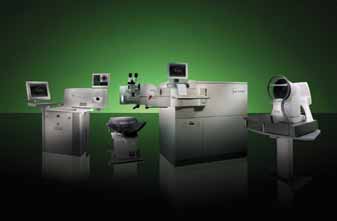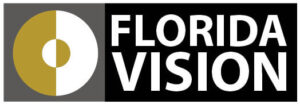How many different LASIK procedures are there?

The field of laser vision correction is getting very sophisticated as technology evolves. It is understandable why it is getting confusing for patients to comprehend the various terms utilized by different surgeons. There are four main methods using an excimer laser to reshape a cornea in order to achieve better vision and become less dependent on glasses and/or contacts. These four approaches are conventional LASIK, wavefront-optimized LASIK, customized wavefront-guided LASIK, and topography-guided LASIK. The difference between these methods is on how the measurements are obtained and how such information is programmed into the laser for treatment.
Conventional LASIK is based solely on manifest refraction. Glasses and contacts are based on those refractions as well. Manual refraction is when you are sitting behind a phoropter and the doctor or technician asks you to compare various lenses as they are manually changed in order to improve your vision. Manual refraction obtains your myopia (nearsightedness) or hyperopia (farsightedness) and your degree of astigmatism. Myopia, hyperopia, and astigmatism are measurements considered in the low order aberrations.
Customized Wavefront LASIK measurements are taken by an infra-red laser beam that is shined into the eye and reflected back. As the light reflects through the optical system, it creates a wave of light that is distorted and thus creating an optical fingerprint. This distortion is caused by HOA (high order aberrations) which are come complex vision errors. A few examples of HOA are trefoil, coma, and spherical aberration. These types of aberrations can produce vision errors such as difficulty seeing at night, glare, halos, blurring, starburst patterns, or double vision. A Customized Wavefront LASIK treatment utilizes the optical fingerprint which can be adjusted within parameters by the surgeon hence personalizing a patient’s treatment (the surgeon takes into consideration all other examinations and refractions -dilated and un-dilated). Refractions are done in increments of 0.25D (every difference lens shown is plus or minus 0.25 diopters). On the other hand, a wavefront examination measures your refraction is 0.01 diopters. There are some positions in the Armed Forces where the only wavefront-guided technology is considered an approved vision correction treatment meeting accuracy standards. iDesign is the latest custom wavefront technology in the market by Abbott/Johnson & Johnson approved by the FDA. Zyoptix 217z is another wavefront technology on the market and around for many years by Bausch + Lomb.
Topo-guided LASIK is based on the topography or mapping of the cornea and the refraction. This technology shows to be useful for those patients who have irregular corneas. A topo-guided treatment corrects low order aberrations (myopia/hyperopia and astigmatism) while being guided by a topographical map providing a degree of customization. This technology does not correct high order aberrations (HOA). Topo-guided should not be confused with wavefront-optimized. Wavefront-optimized is based on the refraction and incorporates non-custom changes to the edges of the treatment to improve optical quality. Contoura Topography –Guided LASIK is the latest FDA proved topographic laser technology in the US by Alcon. Another manufacturer is NIDEK with its CAT’z technology.
It can be confusing for a patient to pick which technology is a better choice. At Katzen Eye Care & Laser Center we are fortunate to have the second and latest generation in wavefront-guided LASIK through our iDesign technology. We are able to check HOAs to the 8th degree providing our patients with greater clarity of vision and better night vision. Our excimer laser technology combined with our iFS Intralase All-Laser Lasik ensures the patient will receive a fully customized treatment. No two eyes are alike. Dr. Katzen takes the time to get to know the patient and his/her vision needs thus enabling him to design a totally personalized procedure.

